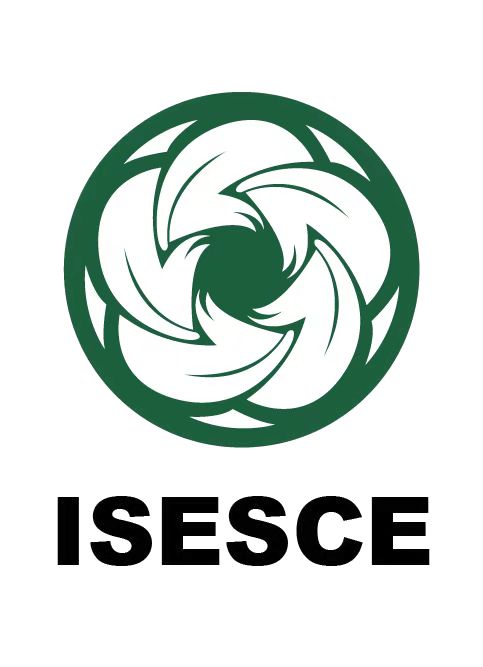
2026 11th International Symposium on Energy Science and Chemical Engineering (ISESCE 2026)
Download
Download
Title/keyWord:
| Number | Name | Kind | Created | File Size | Action |
|---|---|---|---|---|---|
| 1 | Template.zip | download | 2025-07-14 09:59:29 | 514.45kb |

|